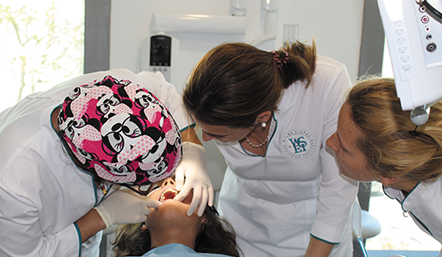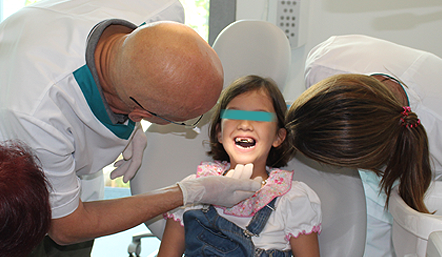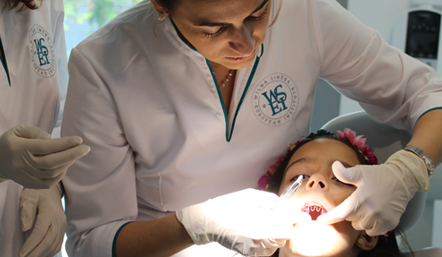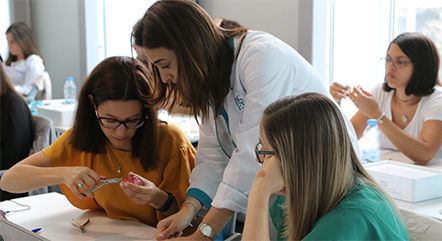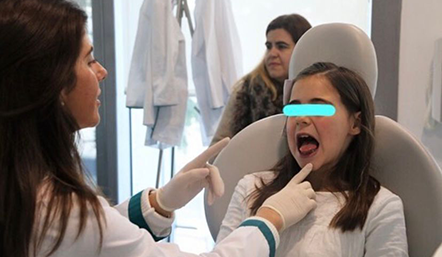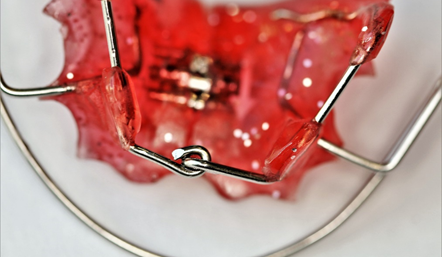

Occlusion for Orthodontics, Functional Jaw Orthopedics and Oral Rehabilitation Course
(taught in Portuguese)
Course details:
Dates
Dates to be defined
Workload:
72 hours
3 modules of 24 hours
Shedule
Labor – 9h00 – 18h00

Trainer:
Prof. Dr. Francisco Macedo
Graduated in Dentistry / Doctor of Functional Anatomy / Research Professor at CEPECRAF – Center for Education and Research of Cranio-Facial Growth.
Certified training
Price:
750,00€ (module)
(600€ – value for former WSEI trainees)
Recipients
Dentists, Orthodontists, Oral Rehabilitators, Implantologists, Periodontists, Prosthodontists
Access requirements
• Degree in Dentistry or Dental Prosthetics
Program
Mod.1 – Basic concepts of Embryology, Functional Anatomy, Physiology and Dental Anatomy for a better understanding in the study of Occlusion.
Mod 2 – Temporomandibular joint: the unknown. Understanding what is normal, what is pathological and the extent to which Occlusion can be a determining factor in the disharmony of these structures.
Mod. 3 – Clinical care on a daily basis: the importance of the Incisors Relationship in oral rehabilitation, orthodontic and / or functional orthopedic endings. How to evaluate clinically possible functional imbalances related to Occlusion.

See the detailed program here (in portuguese)
General objectives / Competence to be acquired
At the end of this full course, trainees will be able to:
• Deepen the study of occlusion to apply it in the daily clinical practice.
Pedagogical Strategic Objective:
At the end of this full course, trainees will be able to:
• Correctly interpret the details of the occlusion in the maxillary/mandibular functional relationships of cases treated with Orthodontics or with Functional Jaw Orthopedics, through the display of clinical cases;
• Correctly interpret the details of the occlusion in the maxillary/mandibular functional relationships of cases with TMD and orofacial pain, through the display of clinical cases;
• Correctly interpret the details of the occlusion in the maxillary/mandibular functional relationships of oral rehabilitation cases, through the display of clinical cases;
• Properly apply the selective grinding as a therapeutic resource to improve occlusion, in cast models and in human models.
Other courses

March 01, 2024 – 40 hours


